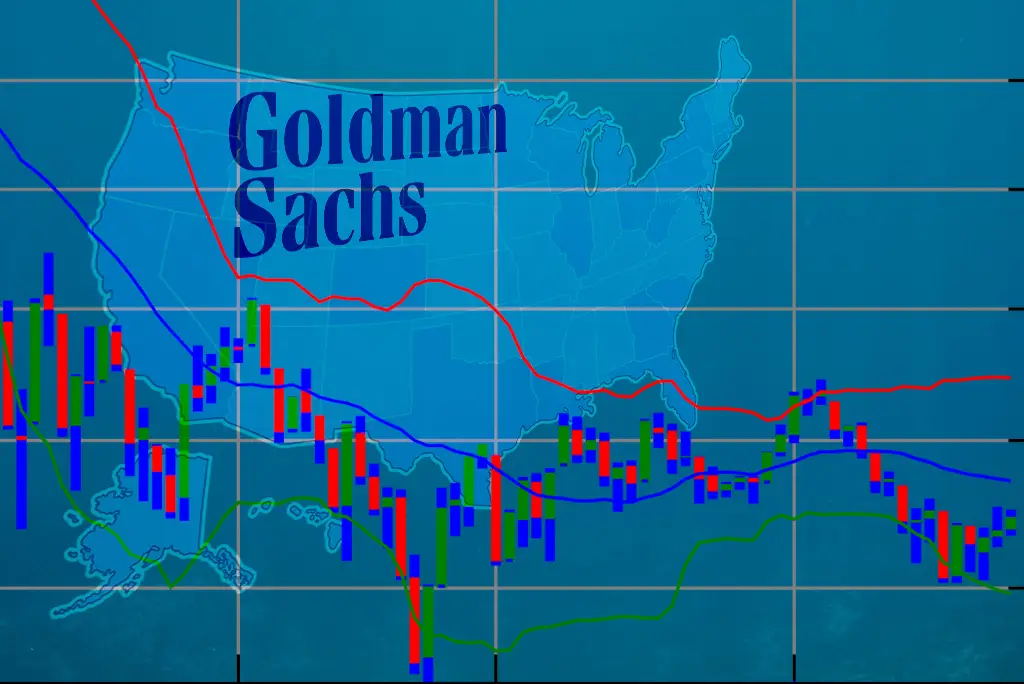Goldman Sachs Group Inc. has lowered the probability of a US recession to 15%, down from its prior estimate of 20%. A robust labor market and easing inflation imply the Fed might not require additional rate hikes.
Goldman Sachs notes that despite positive economic news and having overcome many concerns in 2023, the stock market has recently lost momentum. This slowdown is attributed to elevated valuations and increasing bond yields, which are impacting equities negatively.
In March, the bank increased its chances of a recession to 35 percent due to concerns following the collapse of Silicon Valley Bank and the potential impact on other lenders. However, concerns about a recession originating from the banking sector have significantly diminished. Nevertheless, according to a Bloomberg survey of economists, there is a 60 percent likelihood of a US recession occurring in the next 12 months.
Goldman Sachs’ Jan Hatzius Explained Multiple Aspects
Jan Hatzius, Goldman Sachs’ chief economist, predicts a resurgence in real disposable incomes in 2024, driven by robust job creation and increased real wages. He strongly rejects the notion that the economy is inevitably moving towards a recession due to the prolonged effects of monetary policy.
Hatzius believes solid job growth will lead to a rebound in real incomes. He envisions the gradual reduction of the drag caused by monetary tightening until it fully dissipates by early 2024.
Hatzius’ recession estimate of 15% contrasts significantly with Bloomberg’s consensus prediction of 60%. Goldman Sachs holds a more positive outlook on US economic growth, projecting a 2% average growth rate until late 2024.
Hatzius firmly states that a rate increase by the Fed in September is not under consideration. He emphasizes substantial obstacles to a November rate hike, characterizing them as significant.
He noted a growing conviction that the US rate hike cycle has concluded in the past month. Factors like increasing unemployment and decelerating wage growth would incentivize the Fed to maintain stable rates.
Hatzius stated that the Fed won’t swiftly shift to stimulus measures unless growth significantly underperforms projections in the upcoming quarters. Consequently, between April and June 2024, the rate reduction will occur gradually, with a quarter-point decrease per quarter.
He stressed that the pace of rate cuts would depend on economic conditions.
Labor Department Reports
In the latest report from the Labor Department, it was revealed that average hourly earnings increased by 4.3% last month. Although this was a slight dip from the 4.4% seen in July, it aligns closely with both core inflation figures and what Wall Street had predicted.
This wage data was part of the August employment report, which, while solid, wasn’t exceptionally strong. It indicated the creation of 187,000 new jobs, surpassing the Wall Street forecast of 170,000. However, the headline unemployment rate also rose slightly to 3.8%.
According to the Atlanta Fed’s GDPNow forecasting tool, which provides real-time tracking of US economic growth, it currently indicates that the US economy is growing at a rate of 5.6%.
This is a slightly slower pace compared to the 5.9% estimate from the previous month but significantly higher than the official 2.1% growth reported by the Commerce Department for the three months ending in June.
Other Market Reports Following the Rally
Following last week’s rally, the S&P 500 appears poised for a negative start to the week due to concerns over rising oil prices and their impact on inflation. Investors are also uncertain whether the benchmark index can sustain its impressive 18 percent year-to-date gains if inflation increases in the coming months.
Brent crude oil reached a yearly high on Monday, and the market is anticipating an announcement from the OPEC cartel, led by Saudi Arabia and Russia, regarding further production cutbacks. The potential for higher energy prices may lead central banks to maintain a cautious stance on interest rates.
